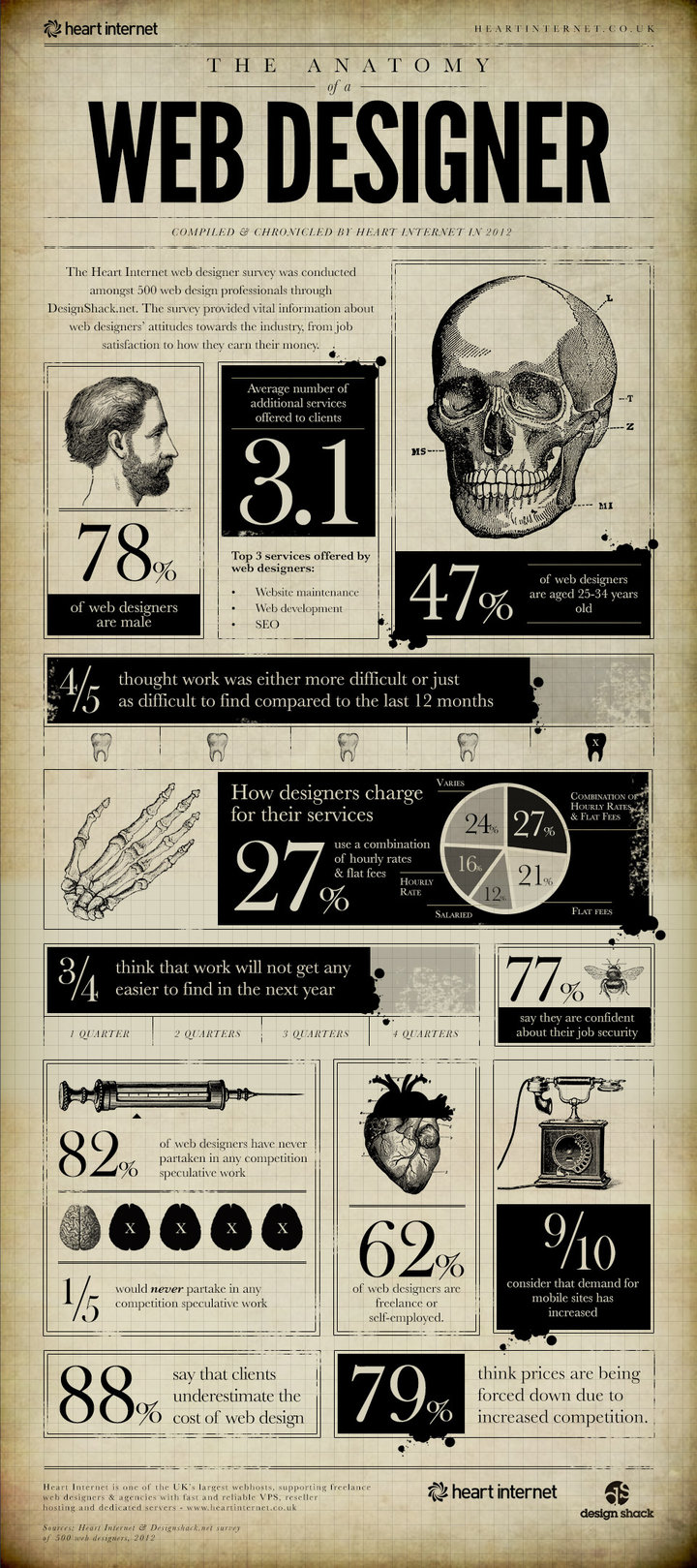Retina capable displays don’t seem to be going anywhere, and every new analysis of mobile browsing shows that Apple dominates the mobile browsing market. Add to that the number of people using new MacBook Pros, and you have a fairly large audience using very powerful screens.
For the designer, this poses an issue. How are you supposed to go about creating graphics at high enough resolutions for these screens? Even worse, how are you supposed to make your old website look good on these new screens?
Well Chris Spooner has made a tutorial available at Line25 to help you through this, and he makes it much easier than you probably thought. From creating new graphics to optimizing those old images, the tutorial covers just about everything you need to know, including the code.





